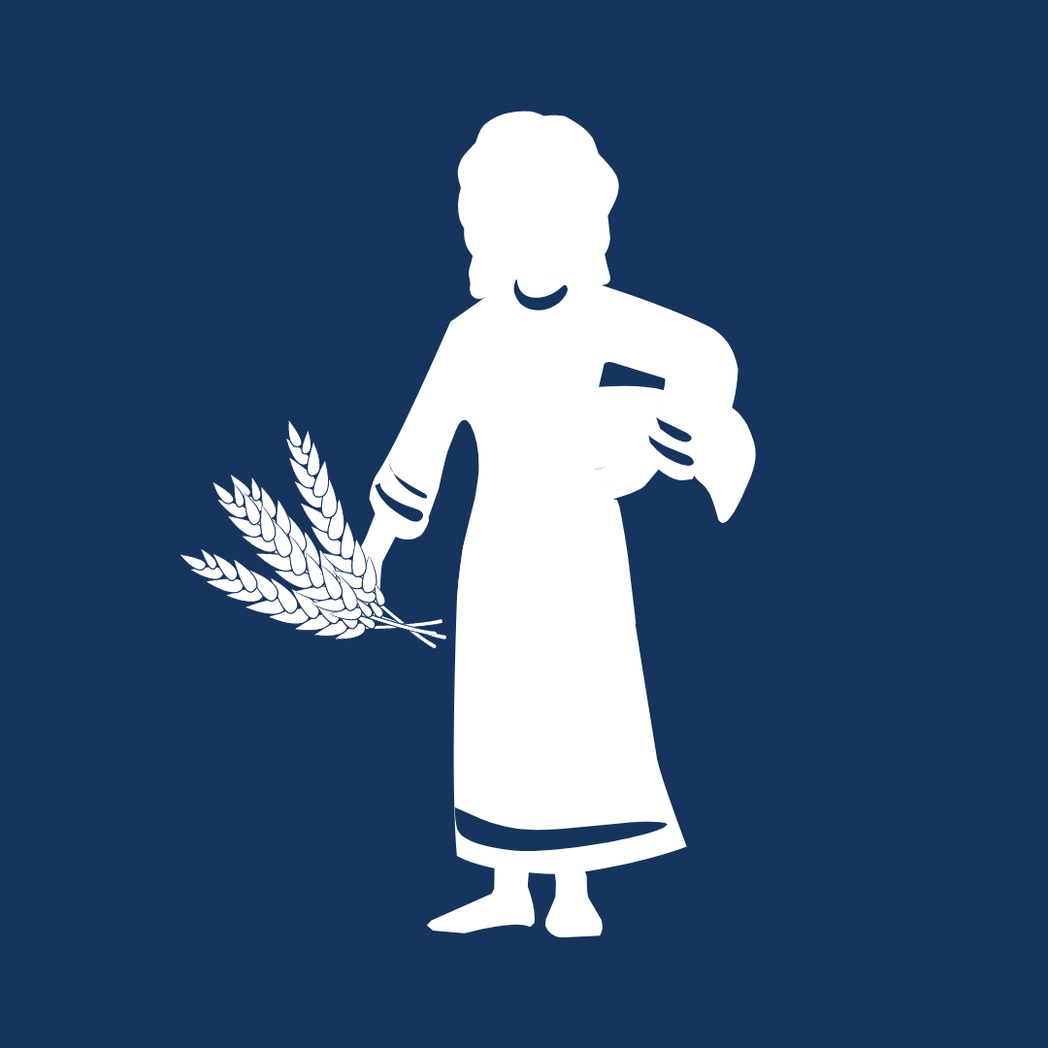Some books of the Tanakh are included for obvious reasons: Genesis tells the story of the creation of humanity and the Jewish people; Exodus teaches the Israelites' liberation story; Psalms records David's songs; and Proverbs teaches many concise lessons of wisdom.
But what about Ruth? What can one learn from Ruth? Why was Ruth included in the Tanakh? The rabbis of Ruth Rabbah asked these questions and offered their own responses.
The book of Ruth introduces us to three characters who epitomize the trait of chesed, loving-kindness: Ruth, a widow who gleans in the fields to help support her mother-in-law, Naomi, a mother-in-law who treats her Moabite daughter-in-law as a true daughter, and Boaz, a wealthy man who helps his needy relatives in a respectful manner. As we see in the linked text above, Rabbi Ze’eira believes that the reason this story is included within the Bible is because it teaches us the importance of chesed.
Reading between the lines, the midrash makes this point even clearer by juxtaposing the actions of Elimelech, Naomi’s husband who dies in the introduction to the story, with Naomi, Ruth, and Boaz, the heroes of the book.
The story starts with a man from Bethlehem who, due to a famine, left his country and went to Moab.
To read the very beginning of the book of Ruth, check out Source 2
Why did Elimelech leave? What’s the backstory? You might notice the book of Ruth does not give a clear explanation.
What other biblical figures who experienced famines come to mind? Click the following names to learn how each experienced famine, and ask yourself: How did they react, and how do their reactions compare to that of Elimelech?
These biblical figures experienced a famine, but reacted to it differently than Elimelech. Like these other leaders, Elimelech should have stayed and helped his people. Instead, he left them to face the famine alone so that he wouldn’t have to provide support to others. Elimelech’s death and the death of his two sons is seen as a punishment for not showing chesed toward his community.
Elimelech’s widow, Naomi, and daughter-in-law, Ruth, illustrate the opposite trait. They are known for their acts of chesed. Ruth stays with Naomi and returns to Israel where she helps her to survive by gleaning in the fields. The care that Boaz shows toward Ruth as she gleans in his field and when he marries her continues the theme of chesed.
The Book of Ruth takes us on a journey of transformation. Beginning with Elimelech who ran away from his responsibility to others and showed a lack of loving-kindness, the story ends with models of chesed - Ruth, Naomi and Boaz.
Who do you think benefits when one does chesed for someone else - the one who gives, or the one who receives chesed? And how does each benefit from this?
Many congregations read the book of Ruth on Shavuot. From the lessons of Ruth as told by Ruth Rabbah and your knowledge of #Shavuot, what connections can you draw between the two? What does chesed have to do with Shavuot?
On Shavuot, we celebrate the giving of the Torah. In Proverbs (source 5), we see that the Torah is described as "Torat Chesed," a Torah of Chesed. Among the many points of connection between the book and the holiday is the idea of chesed, which we have seen weave its way throughout the Ruth narrative. The Torah, too, contains the theme of chesed and is referred to as Torat chesed, kindly teaching.




